High fiber foods are an essential component of a balanced and healthy diet that you need. Fibre is a type of carbohydrate that cannot be digested by the human body but plays a crucial role in promoting digestive health, preventing chronic diseases, and maintaining overall well-being. That is the reason we need to know about various types of dietary fibre, their functions, and the numerous health benefits associated with consuming high-fibre foods. Additionally, we will discuss some excellent sources of dietary fibre and how to incorporate them into our daily diet.
High Fiber Foods
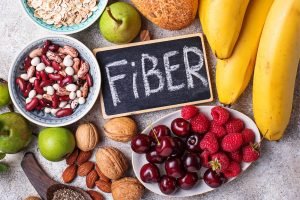
Section 1: Understanding Dietary Fiber
1.1 Types of Dietary Fiber:
Dietary fiber can be classified into two main categories: soluble fiber and insoluble fiber. Soluble fiber dissolves in water, forming a gel-like substance that slows down digestion. It can be found in foods such as oats, beans, peas, apples, and citrus fruits. Insoluble fiber, on the other hand, does not dissolve in water and adds bulk to the stool, aiding in bowel movements. Insoluble fiber is abundant in whole grains, nuts, seeds, and vegetables.
1.2 Daily Recommended Intake:
The daily recommended intake of fiber varies depending on age, sex, and physiological needs. Generally, the Institute of Medicine suggests that adults should consume 25 to 38 grams of fiber per day, depending on their caloric intake. However, studies show that most people fall short of meeting these recommendations, leading to various health concerns.
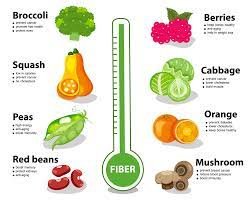
Section 2: Health Benefits of High Fiber Foods
2.1 Digestive Health:
High fiber foods are beneficial for digestive health. Soluble fiber forms a gel-like substance in the intestines, softening stools and promoting regular bowel movements. This helps prevent constipation and reduces the risk of developing hemorrhoids and diverticular disease. Insoluble fiber, on the other hand, adds bulk to the stool, aiding in its movement through the digestive tract, preventing diarrhea and other digestive disorders.
2.2 Weight Management:
Incorporating high fiber foods into the diet can assist in weight management. Foods rich in fiber tend to be more filling, reducing overall calorie intake and promoting satiety. Moreover, the slow digestion of soluble fiber helps regulate blood sugar levels, preventing rapid spikes and crashes in energy, which can lead to overeating.
2.3 Cardiovascular Health:
A high-fiber diet can positively impact cardiovascular health. Soluble fiber binds to cholesterol in the digestive tract, reducing its absorption and helping to lower LDL cholesterol levels (the “bad” cholesterol). Lower levels of LDL cholesterol are associated with a reduced risk of heart disease and stroke.
2.4 Blood Sugar Control:
For individuals with diabetes or insulin resistance, high fiber foods can play a vital role in blood sugar control. Soluble fiber slows down the absorption of sugar, preventing rapid spikes in blood glucose levels after meals. This can help improve glycemic control and reduce the risk of complications associated with diabetes.
2.5 Colon Health and Cancer Prevention:
Regular consumption of high fiber foods is linked to a reduced risk of colon cancer. Insoluble fiber promotes healthy bowel movements, which reduces the time that potentially harmful substances remain in contact with the colon lining. Additionally, high-fiber diets lead to increased production of short-chain fatty acids, which have anti-inflammatory and anti-cancer properties.
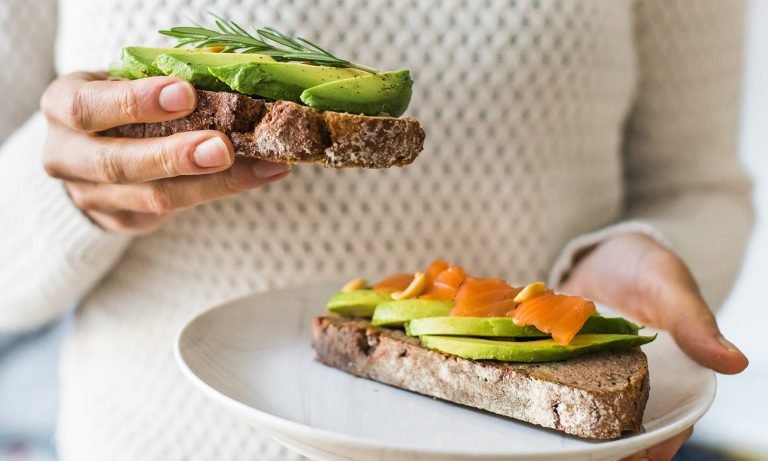
Section 3: High Fiber Food Sources
3.1 Whole Grains:
Whole grains are an excellent source of dietary fiber. Foods like oats, barley, brown rice, quinoa, and whole wheat contain both soluble and insoluble fiber, making them an integral part of a high-fiber diet.
3.2 Fruits and Vegetables:
Fruits and vegetables are rich in fiber and should be a staple in any balanced diet. Berries, apples, pears, oranges, broccoli, carrots, and sweet potatoes are just a few examples of high-fiber options.
3.3 Legumes:
Beans, lentils, chickpeas, and peas are packed with both soluble and insoluble fiber. They are not only a great source of dietary fiber but also rich in plant-based protein, making them an excellent choice for vegetarians and vegans.
3.4 Nuts and Seeds:
Nuts and seeds, such as almonds, chia seeds, flaxseeds, and pumpkin seeds, are rich in fiber, healthy fats, and essential nutrients.
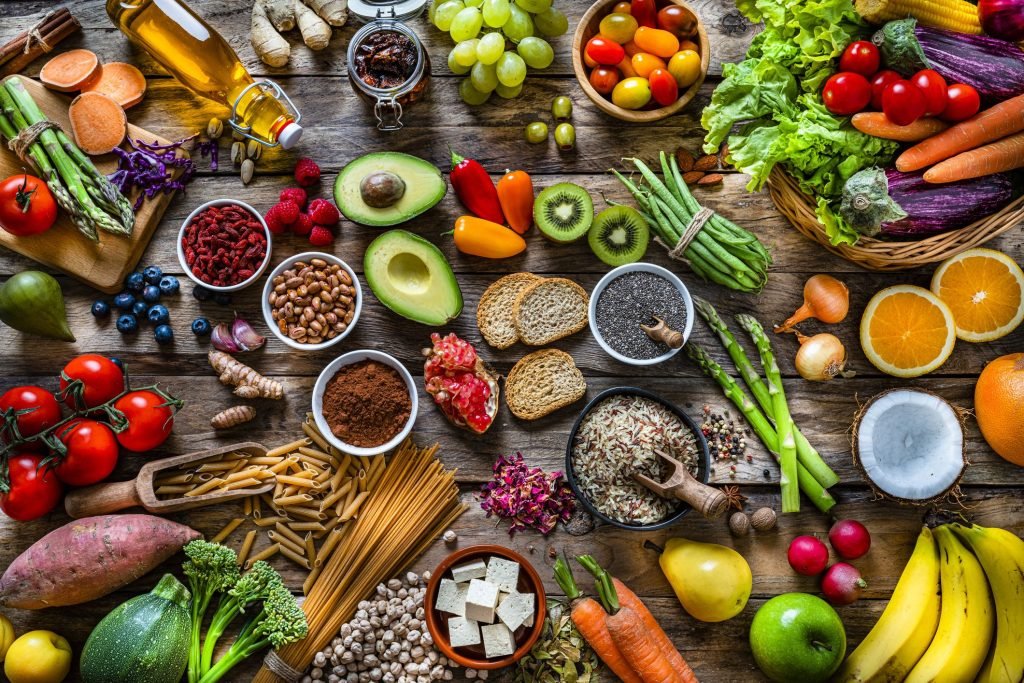
Section 4: Tips for Incorporating High Fiber Foods into Your Diet
4.1 Gradual Increase:
When increasing fiber intake, it is essential to do so gradually. A sudden increase in fiber consumption can cause gas, bloating, and discomfort. It is best to add high fiber foods to your diet slowly over a few weeks.
4.2 Read Food Labels:
When shopping for packaged foods, read the labels and look for products that contain whole grains and high fiber content. Aim for foods with at least 3 grams of fiber per serving.
4.3 Include Fruits and Vegetables in Every Meal:
Make fruits and vegetables a regular part of your meals and snacks. Try to incorporate a variety of colorful options to ensure a diverse intake of nutrients and fiber.
4.4 Substitute Refined Grains:
Choose whole grain options over refined grains. Replace white rice with brown rice, regular pasta with whole wheat pasta, and white bread with whole grain bread.
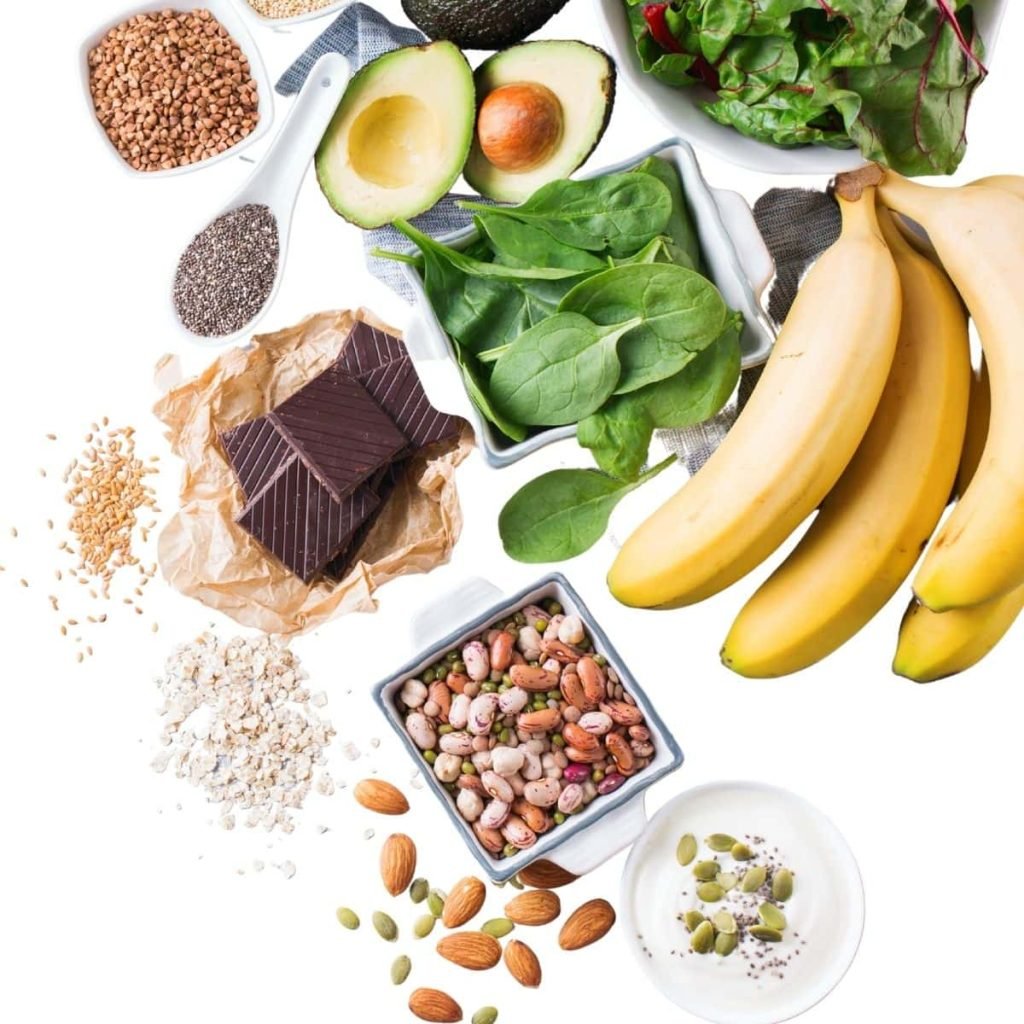
In conclusion, high fiber foods play a vital role in promoting overall health and well-being. From supporting digestive health to aiding in weight management, cardiovascular health, blood sugar control, and colon health, the benefits of consuming a fiber-rich diet are extensive. By incorporating a variety of high fiber foods, such as whole grains, fruits, vegetables, legumes, nuts, and seeds, we can enhance our nutritional intake and significantly improve our overall health. Therefore, it is crucial to prioritize high fiber foods in our daily diet for a healthier and more fulfilling life.
Read More-

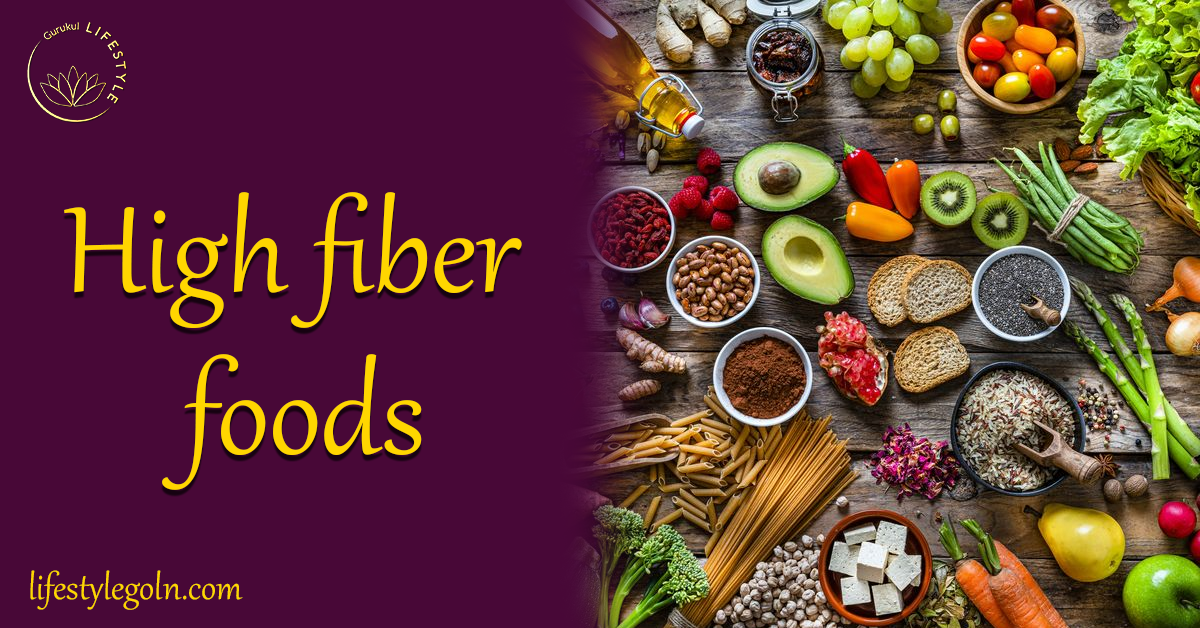
7 thoughts on “The Beneficial Impact of High Fiber Foods on Health and Well-being”